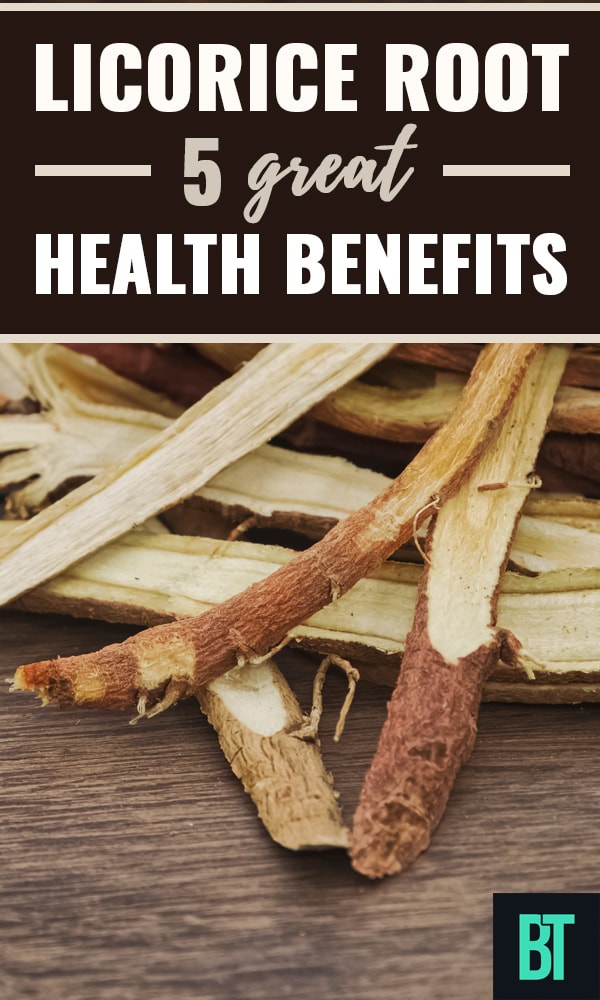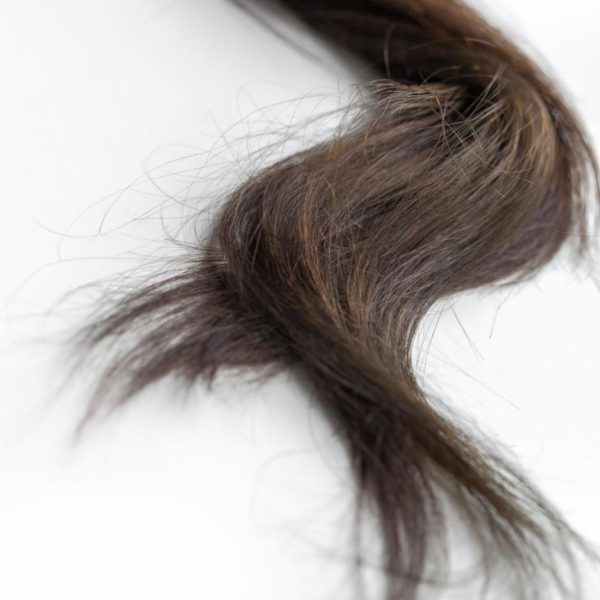Contrary to what people think, licorice isn’t just the delicious black candy that comes in the form of chewy ropes or jelly beans. It’s also an important plant that’s used herbally for a number of illnesses. Furthermore, this plant produces blue flowers perennially and adds color to a garden.
Of course, most topics involving licorice root come back to how it’s a coveted flavoring ingredient and remedy that’s used widely across both health and food industries.
In Asia, licorice is added to numerous herbs such as black pepper, clove, ginger, sage, or turmeric to enhance flavor and healing capabilities.
An interesting historic fact is that black licorice and other candy was originally flavored with natural licorice root extract; however, these days it’s more common for the flavor to be from anise oil.
Flavor isn’t the only thing licorice is known for since it’s also a great source of iron.
Obviously there’s a lot to cover in the way of licorice root benefits, so let’s continue by discussing some of the different ways you can use it in your everyday life.
Sweeter than Sugar
Licorice is sweet! The licorice plant contains a natural ingredient called glycyrrhizin, which is said to be almost 50 times sweeter than sucrose.
The even sweeter thing about licorice is its antibacterial and antiviral capabilities. The perks of licorice don’t stop at the antibacterial or antiviral capabilities since it’s also an expectorant, which means it loosens up mucus that can clog airways.
Treats Coughs and Bronchitis
Another use for licorice involves treating coughs and bronchitis.
To treat coughs, you need crushed licorice root to boil so that the juice can be extracted.
The paste that is leftover can be used for a number of things including coughs, laxatives, flu symptoms or infections.
As for treating bronchitis, you can do this with powdered licorice root and raw honey.
Mix about 5 grams of powdered licorice root with a few tablespoons of raw honey, then take the licorice/raw honey mix up to three times daily.
Aside from helping with bronchitis, this method also works for stubborn coughs, asthma, and for treating lung infections.
Solve Stomach and Digestion Problems with Licorice
Those who practice traditional medicine still use licorice to this day to treat problems associated with the stomach. Certain types of ulcers can be treated with licorice because it’s able to take care of stomach inflammation-causing bacteria, as well as ulcers of the stomach and digestive tract.
Unlike most ulcer medications, licorice stifles stomach acid’s ability to harm the stomach lining, without overdoing things; it does so by stimulating digestive mucosal tissues to help stomach lining avoid becoming damaged by acid. Modern ulcer medications reduce stomach acid to a drastically low amount, which can cause an imbalance of good acids and bacteria, thus making digestion much harder.
Moving along, you can use licorice to help control blood sugar and balance hormones in your body. Licorice root also encourages healthy kidney and bowel functions as well.
To use licorice to treat ulcers, inflammation and kidney/bowel functions, steep the licorice root to drink with herbal teas.
Licorice can sooth Skin
Licorice can treat skin conditions! Not very many people know this, but licorice is used in skin creams or paste to help alleviate irritations such as psoriasis.
It also helps with other skin afflictions such as sores that are exuding fluid.
Licorice root powder has even been used to treat cold sores, canker sores, genital herpes and hepatitis; however, it is recommended that you see a physician before trying this method of treatment.
Detoxifying Capabilities
You might also find it fascinating to know that licorice is used to rid toxins from the body, just as a detoxifying agent would.
Additionally, licorice is said to be an aid in liver disease, promoting memory functions in the brain, and strengthening nerves throughout the body.
Precautions for Licorice
With all of the previously discussed benefits and uses, it’s no wonder why licorice is heavily used in a number of therapies.
However, this isn’t to say that licorice is some kind of perfect miracle product because there are some possible side effects – especially if you’re taking more than 3 grams daily for 4-6 weeks.
Some of the possible licorice side effects include fluid retention, potassium loss and high blood pressure.
Taking these problems into account, it’s important to heed the precautions for licorice use.
The first is that you should use less than 3 grams of licorice a day – unless instructed by a doctor to do otherwise.
In order to counteract possible calcium deficiency, make sure to eat plenty of foods like apricots, bananas, juices and vegetables.
One more precaution that we want to mention includes avoiding licorice use if you suffer from high blood pressure or heart, liver, or kidney disease.
Now we don’t mean to scare you with all of these precautions because licorice can be a highly-beneficial product that helps with a number of health problems.
So you should definitely try it out if you’re looking to treat coughs, bronchitis, skin problems, and digestive problems.











